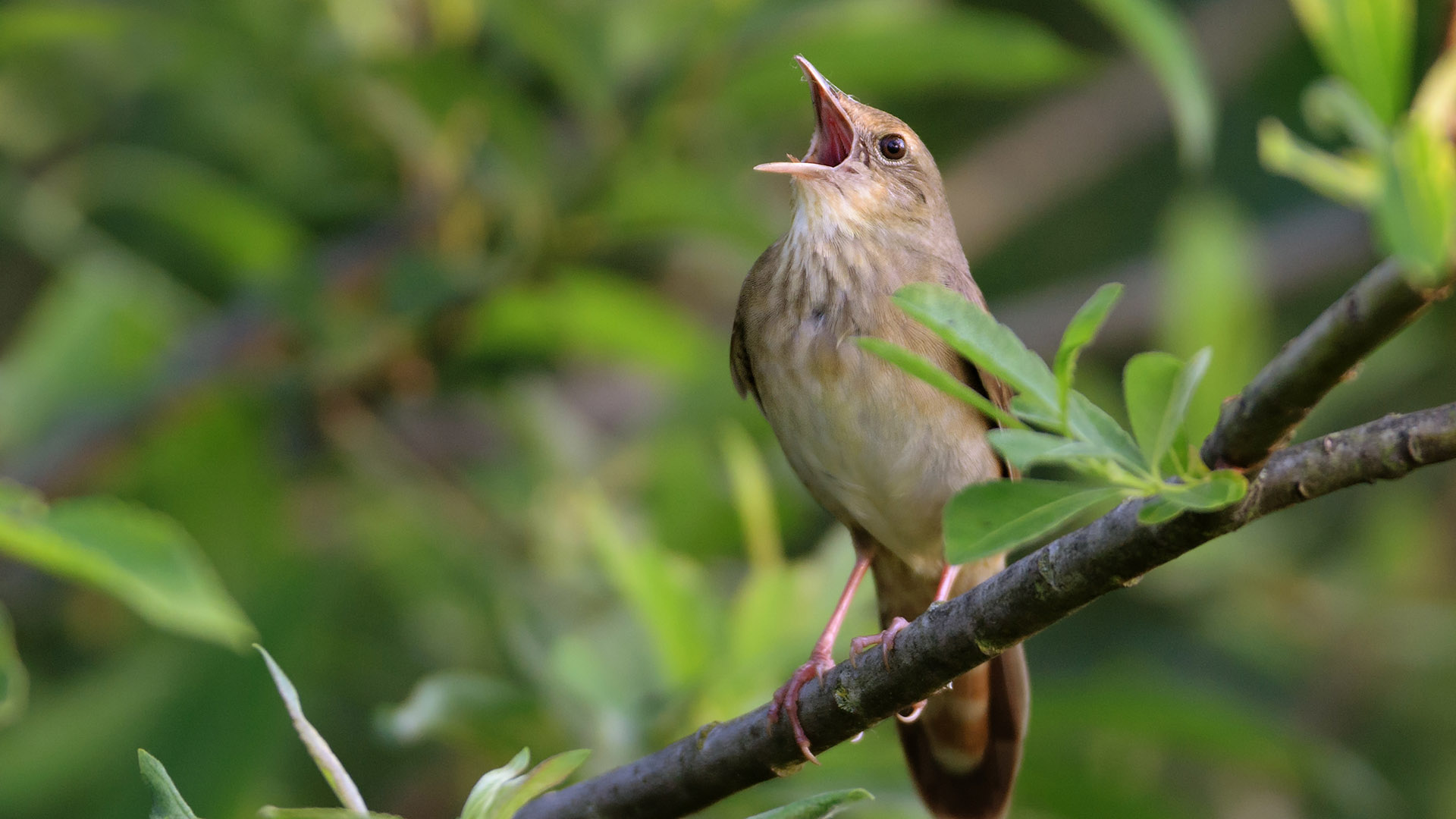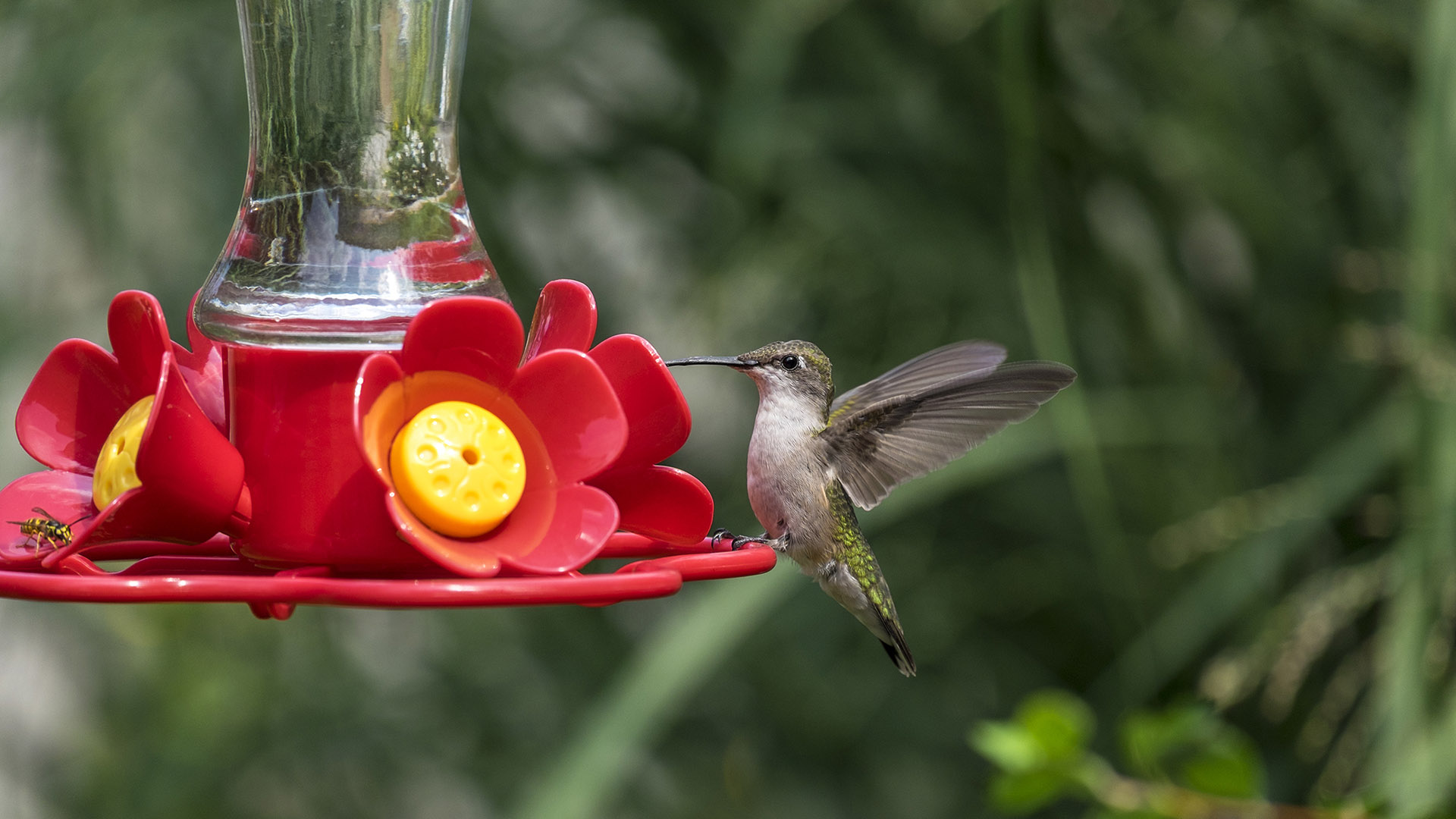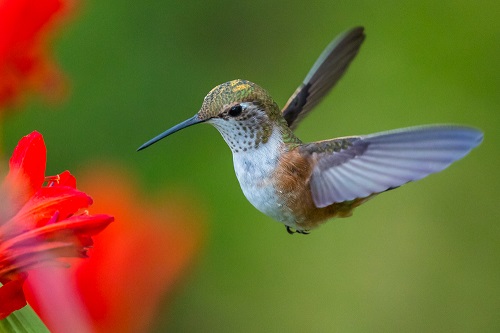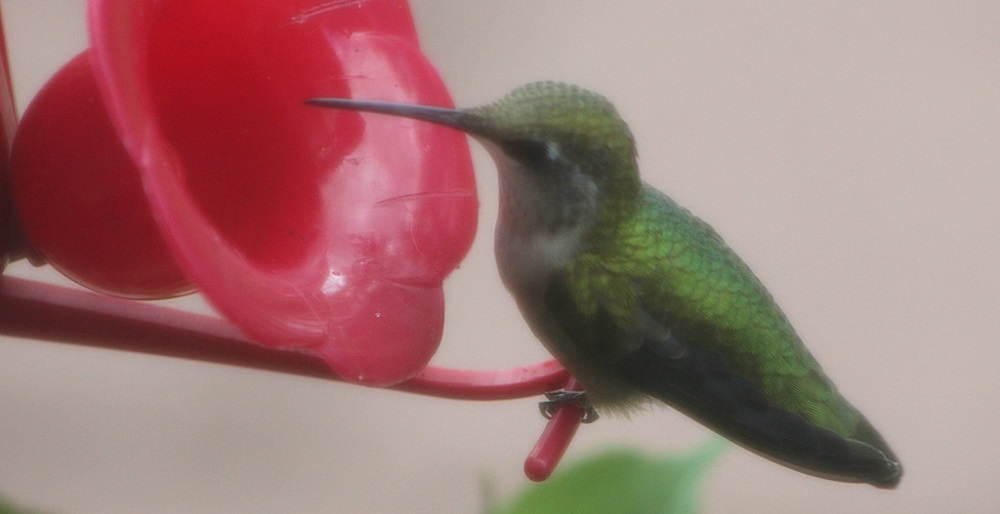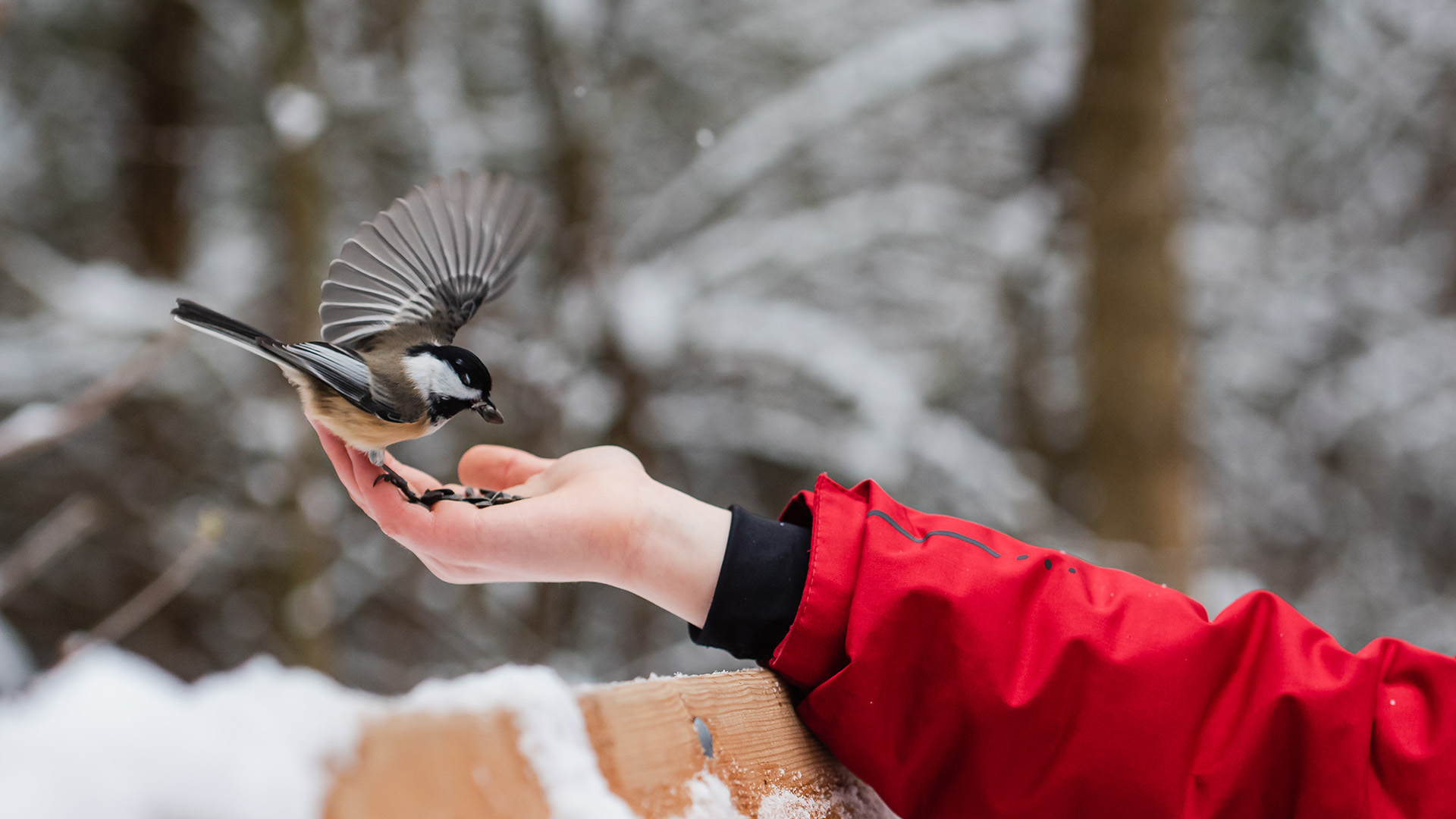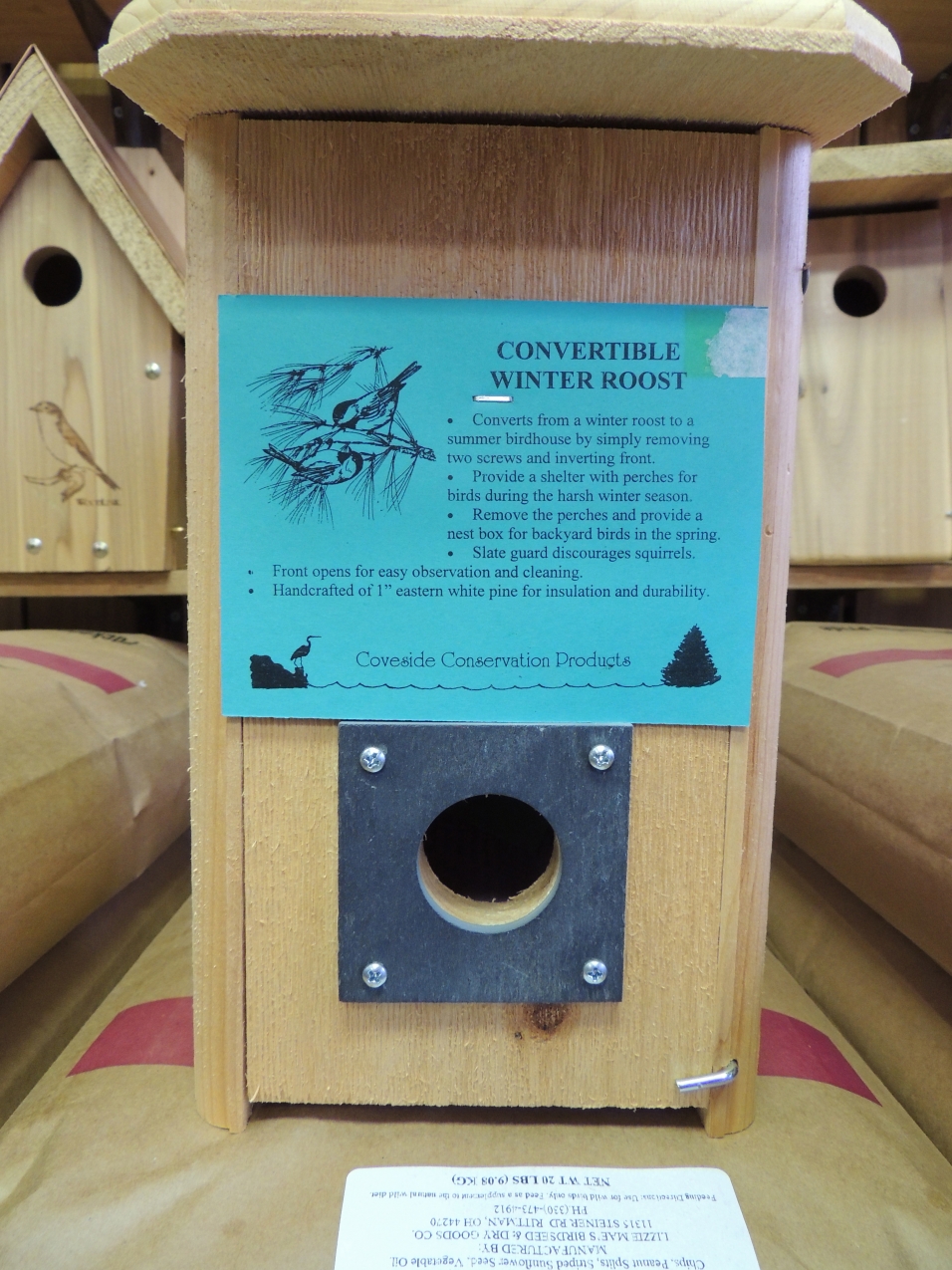Fall is a great time to attract birds in your backyard! Just as birds adjust their behaviors as the seasons change, so too must birders adjust how they interact with birds if they hope to enjoy the great diversity of autumn avian life.
Attract Birds During Migration
Article by By Melissa Mayntz, Birding/Wild Birds Expert
Birding.About.com
The spring and fall migration seasons are the perfect time to attract birds to your backyard. Not only will you be rewarded with sightings of transient birds moving from their winter habitat to their summer nesting sites or back, but you may even entice them to stay in your backyard where you can get a glimpse of birding family life. Because these traveling birds are not familiar with your backyard as a good place to rest and recuperate from a long flight, adding extra enticements is necessary to bring unusual birds to your feeders.
When Is Migration
The exact timing of migration season varies for different areas of the world and for different bird species. Annually, the first migration period (spring migration in the Northern Hemisphere, fall migration in the Southern Hemisphere) can begin as early as mid-February, though most bird species do not begin migrating until April or May. Most species have arrived at their destinations by mid- to late June, marking the end of this migration period.
The second migration period can begin as early as mid-July for northern climates, though most species do not start vigorously migrating until August. Depending on the species and the distance they migrate, they may reach their destinations between early September and early November.
Steps to Attract Birds During Migration
One bird may travel hundreds or thousands of miles on its annual migration. Along the way, it will need secure places to rest and replenish its energy if it is to survive the long journey through so much unfamiliar territory. Birders who work to attract birds during migration can provide tempting rest areas for travel weary birds.
- Put out birdfeeders before the first birds arrive and at least one week after the last birds leave. This ensures that your yard can be a food source for early and late migrators.
- Clean feeders regularly. Fresh seed is more attractive to birds and clean feeders are less likely to spread diseases that unfortunate birds may transmit to their nesting or wintering grounds.
- Offer birds a variety of different foods to ensure they all have something to eat. Seed, nectar, nuts, suet and fruit will help attract as many birds as possible.
- Plant early and late blooming flowers to give birds a natural food source and a very visible indicator of a good resting spot. This is especially important to attract migrating hummingbirds, but flowers will also attract other bird species.
- Plant fruit-bearing trees and shrubs to offer a natural food source, and do not remove fruit from the limbs. Fruit that stays on the plants through the winter will also provide food for winter birds.
- If you are pruning trees, save the cut branches to build a brush pile for instant bird shelter. Even before buds and leaves are large enough to shelter birds, a brush pile will encourage them to rest.
- Put out nest boxes and birdhouses early in the spring so migrating birds can check them out. In many bird species, males migrate earlier than females and will establish territories where there are many available nesting sites.
- During the fall migration, leave birdhouses up to serve as roost boxes to keep traveling birds warm at night. Many birders leave birdhouses up throughout the year so birds always have that shelter available.
- Add a moving water feature to your yard, whether it is a bubbler, mister, dripper or more elaborate waterfall or stream. Migrating birds can see and hear moving water and will investigate the source.
- Take steps to prevent bird window collisions by using decals or other ways to break up the reflections on large windows of your home, office or business. These preventative measures should be in place year round, but will be even more important when your yard is visited by higher numbers of migrating birds.
- During the spring migration, offer birds different nesting materials such as lint, hair, fur or fuzz. Leave grass clippings and small twigs available as well to encourage birds to nest nearby.
- Protect backyard birds from predators such as cats, dogs, raccoons and other creatures. Migrating birds are especially wary of predators, and it is vital to create a safe, secure place for them to visit en route to their wintering or nesting grounds.
- Get involved with local conservation agencies or birding groups to promote safe migration initiatives. For example, encouraging tall buildings to turn off lights at night will help prevent window collisions from migrating birds, and requesting that park ponds be filled earlier will provide a resting spot for migrating waterfowl and shorebirds.
By taking steps to encourage migrating birds to visit your backyard, it is possible to see many beautiful and unusual species during annual migration periods as they pass through on their way to different habitats.
Upcoming Events
Backyard Birds has partnered with some leading experts to help you learn more about area wildlife and backyard habitats. Be sure to attend some of our upcoming events planned during the month of October:
Turn Your Backyard Into A Habitat for Wildlife
Debbie Foster, Habitat Steward and founding member of Habitat and Wildlife Keepers (HAWK), will be at Backyard Birds Sunday, October 19, 2014, from 2-5 PM revealing the secrets on how to create wildlife habitats in your own backyard by providing food, water, cover and places to raise young wildlife.


